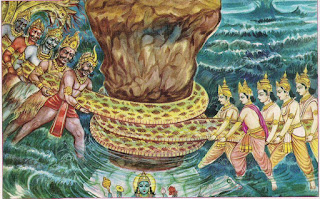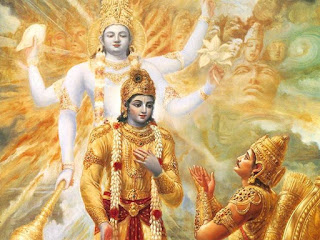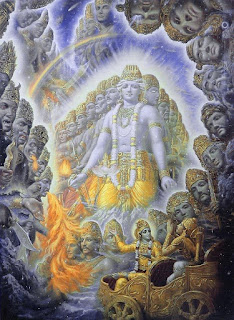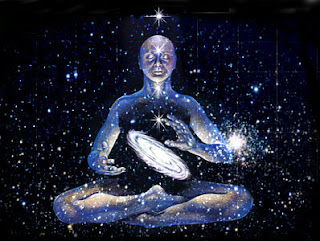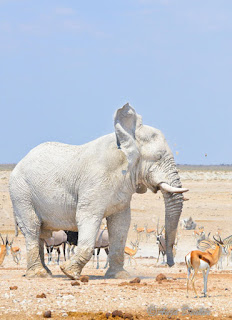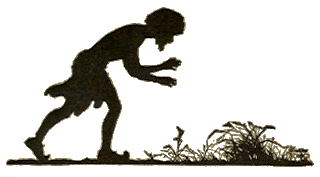Reading Notes: Cradle Tales of Hinduism, Nivedita. Part B
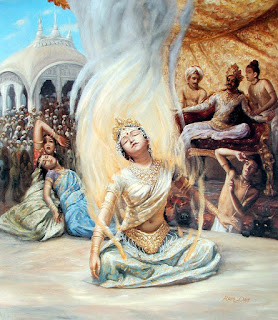
Shiva is described to keep mostly to himself - he is an introvert who lives on Kailash Sati is described as the perfect wife - her martyrdom is something I'm already familiar with Could easily write this story from the perspective of the Goddess and dramatize it Uma was born to Himavantha, and is also the pious wife of Shiva; she is Sati reborn to a more accepting father An image of Goddess Sati immolating herself upon hearing her father slander her husband. Source. Biblography: "Cradle Tales of Hinduism," by Sister Nivedita. Source.
